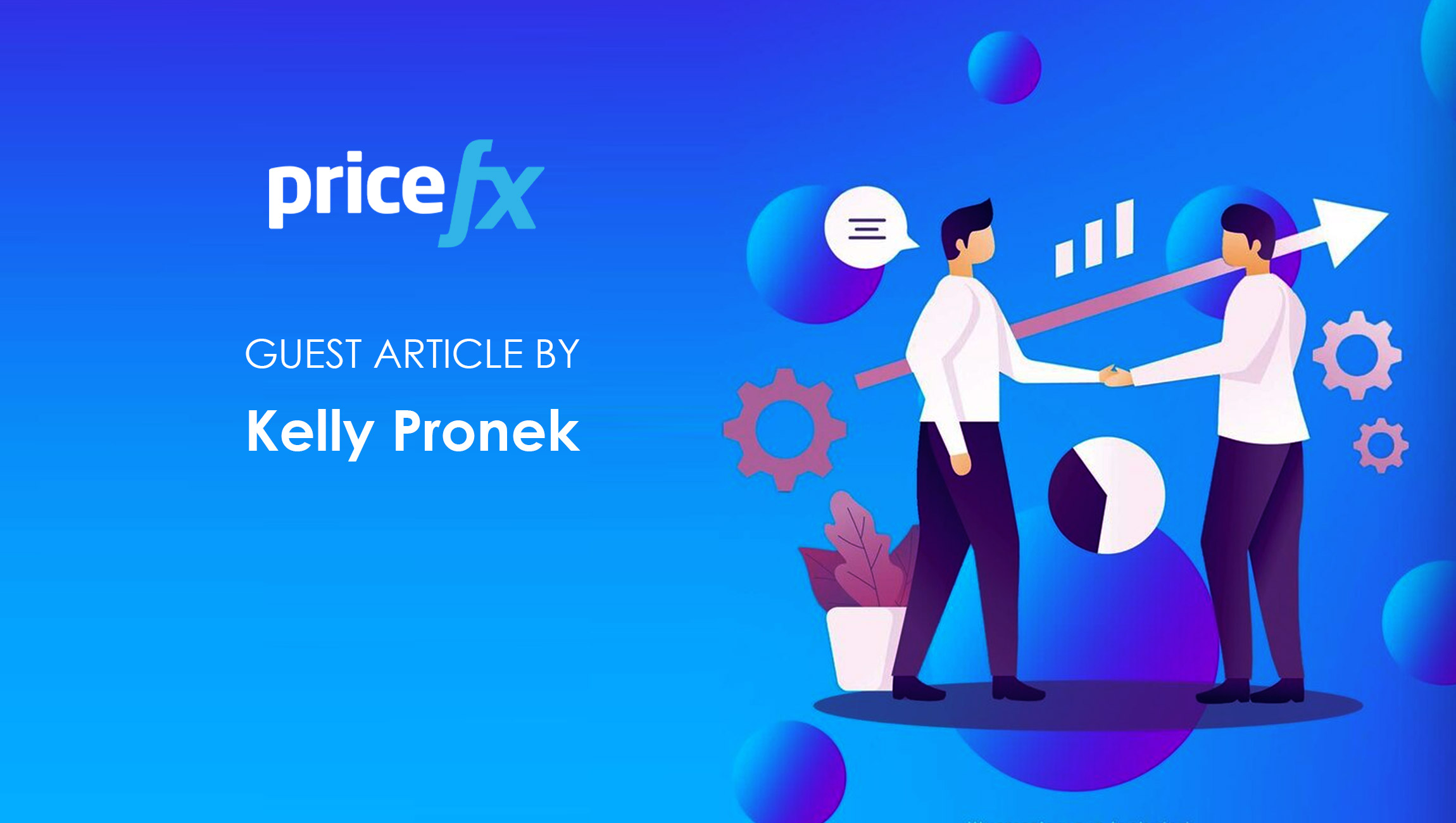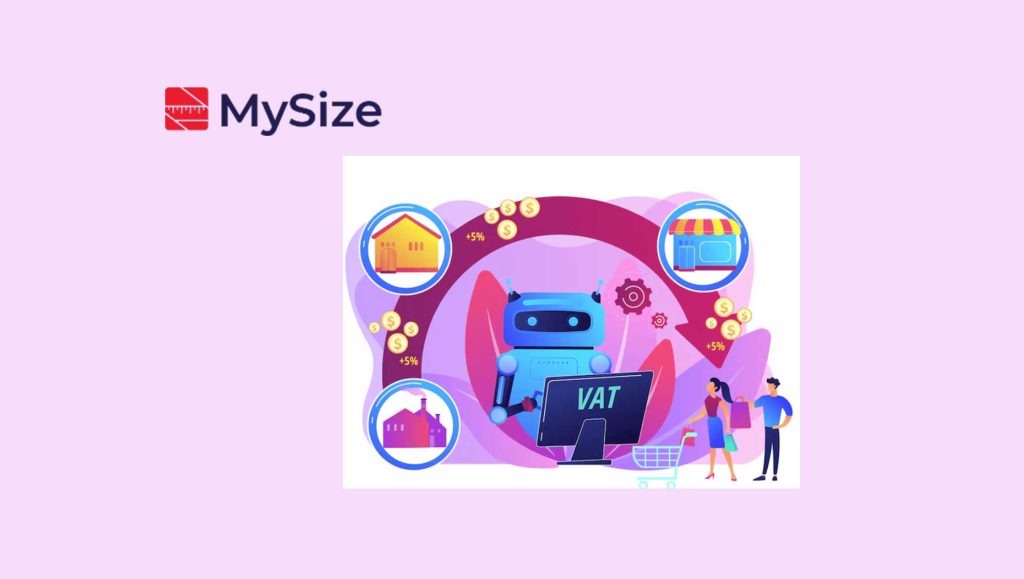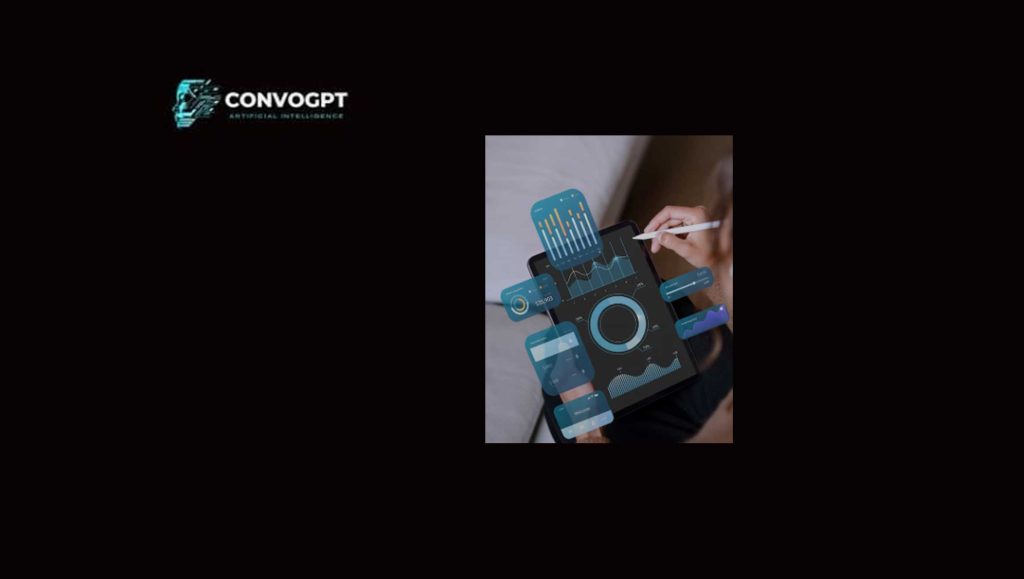Sales and marketing, a duo that needs each other but rarely plays nice together. The two should have a collaborative and symbiotic relationship; after all, they are both dependent on one another for success – both at the individual and the organizational level. Alignment between sales and marketing is the holy grail, but it’s not always the case and the wrong technology stack can create more division where there could be collaboration.
When a lack of cohesion exists between sales and marketing, we can see finger pointing, lack of mutual respect, misaligned efforts, isolated workspaces, and lack of visibility. But using technology alone will not solve the problem. While it will help (and we’ll get to that), a company needs to have a strong understanding of its buyers.
Knowing where your business fits in the market and your internal sales process can help create a positive experience for the customer. How sales and marketing are handled externally, gives a customer insight into how it would be to work with you. Customers blindly assume sales and marketing talk, that they’re on the same page, and when they’re not, it can make a company seem unprofessional.
So, what’s happening internally that can improve the outward perception of your customer? Let’s start with the common narratives that you’ll hear.
“Marketing is bringing me junk leads.”
This commonly means that marketing is capturing information about engaged leads and handing over at the identification stage. Sales wants those leads to be qualified and has confirmed budget and intent to buy before handing over to them.
“Sales isn’t following up on the leads we generated.”
This is evidence of lack of alignment between the two teams around what a ‘qualified lead’ is and what the expected next steps are.
“Marketing is wasting money.” “Sales is wasting time.” “By the time this lead got to me, they’d already met with a competitor.”
In addition to misalignment on the meaning of ‘qualified’ there is often a misalignment of the workspaces. Sales works in a customer relationship management (CRM) platform & marketing works in their marketing automation platform (MAP). These systems need to be integrated in a way that allows both groups to see and understand the buyer. The teams involved also need to be dedicated to making sure the data in the systems is up to date.
“Our website is terrible.”
Translation: I don’t have the customer-facing sales & marketing tools I feel I need. For sales, that may mean that they don’t feel prospects can find what they need. For marketing, that may mean that they don’t feel they have the resources to qualify and hand off leads.
To know how to solve this, you must understand what is underlying the issues. First, mutually agree on a qualification criterion for each stage of the funnel and set expectations as to what happens when something meets that criterion.
This could be as simple as having a few pieces of information about the lead that can be captured through a form or through data enrichment tools. If you’re a B2B company with a rigid definition of your customer, then this means that you may want to invest in a tool that helps to match firmographic data to your leads.
If your criteria are more behavioral, like number of visits to your site, or number of pieces of content consumed – then you’re going to need to have technology that helps to track those metrics.
Read More: SalesTechStar Interview with Kevin McWey, Chief Revenue Officer at DataVisor
Here’s how
- Define your customer.
Who are they? How do they like to interact (phone, email, chat, web forms, webinars, trade shows, online purchasing)? Do you have the right technology to allow them to interact the way that fits them best?
- Define your internal process.
At a minimum you should be able to define the stages of new leads, marketing qualified leads, sales accepted leads, and sales qualified leads. Does the technology allow you to model the lead lifecycle?
- Mutually agree to the qualification criteria.
Once you have your criteria for each stage, you need to be able to gather the information without creating friction for your buyer. This information is usually captured via forms or chat, and then stored in your MAP. Do you have the right technology to capture the qualification information within the stages of the lead lifecycle?
- Mutually agree to hand off processes.
Your hand off process should be simple, intuitive, and fast. This process typically would be dependent on a smooth integration between your MAP and CRM. Do you have the right technology to enable someone to quickly engage on the right channel at the right lead stage – before your competition does?
Putting this into practice
Once you can get the sales & marketing team speaking the same language around what ‘qualified’ means, then you’re ready to go to the next step and understand how your buyers like to buy. But it’s important to note, that investing in technology won’t solve the problem if you don’t clearly understand what you’re trying to solve.
Are you trying to get people to share their information with you so that they become new leads? Where is it most likely that they will do this? On your website? Or gated content on LinkedIn? Depending on your answer to that question, you’ll want to consider investing in resources that help you target and retarget on paid social, or that will help you identify and engage with prospects directly on your website (forms or chat are great tools here!).
In both cases, however, you’ll want to make sure that this information feeds back into your MAP where your lead lifecycle model lives, and that the information is visible to your sales team within your CRM.
When you know who you’re targeting and where you’re engaging it helps to prioritize your technology purchases. And once you do that, be prepared for the behavior of your buyers to change. And you will need to be able to change with it. Which means, continual maintenance of your systems, the way in which they work together, and understanding the changes in the sales & marketing technology landscape so that you’re always providing the best experience for your customers and the most efficient use of the brilliant talent within your sales & marketing teams.
Read More: How AI Technology Enables Better Time Management




















